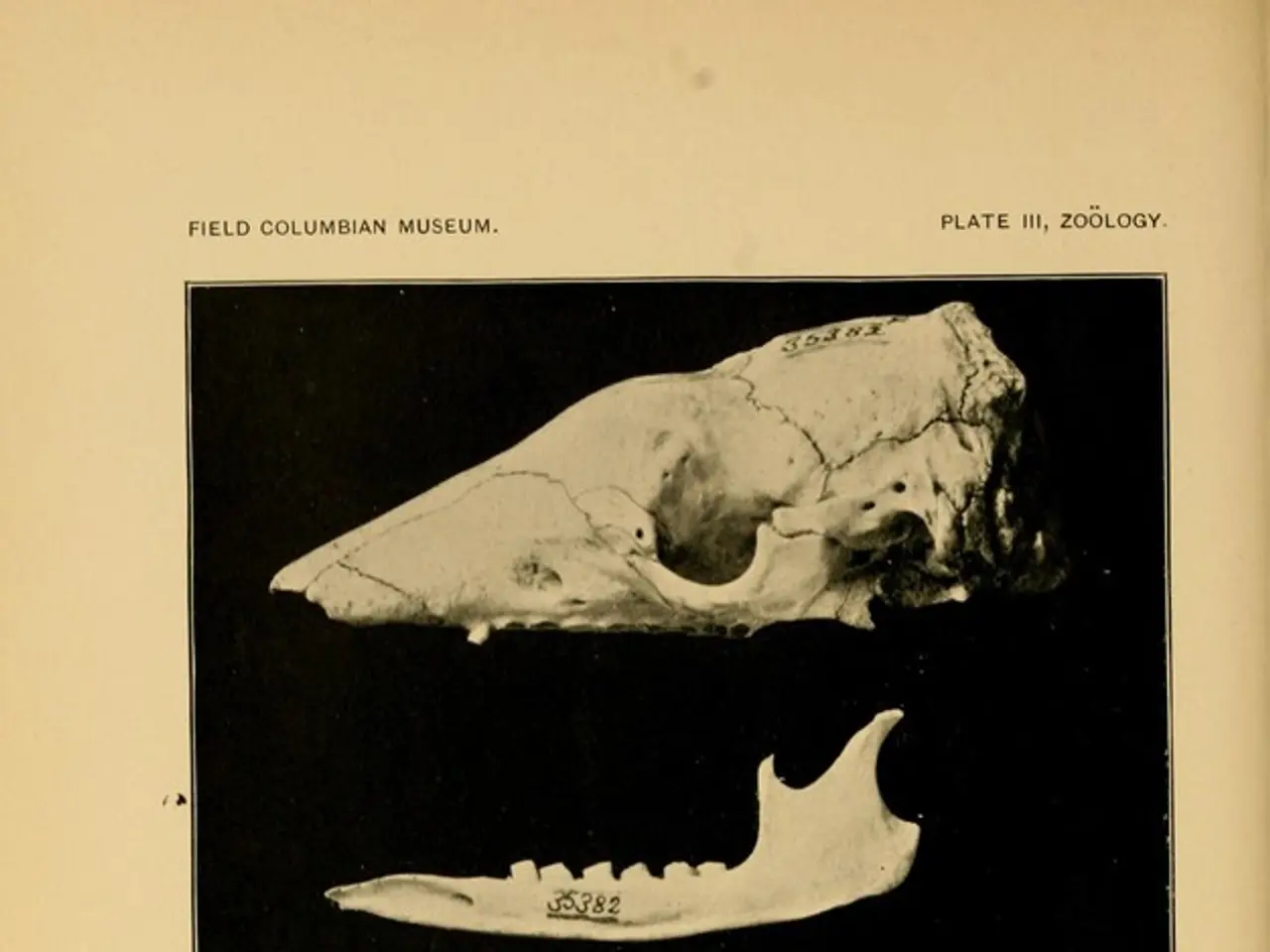Rib cancer: Is it possible for it to be bone cancer?
Bone cancer, also known as primary bone cancer (PBC), can develop in various parts of the body, with the most common types being Osteosarcoma and Chondrosarcoma.
Osteosarcoma, or osteogenic sarcoma, is the most prevalent form of PBC. It typically develops in the bones of a person's arms, legs, and pelvis, although cases in the rib bones are quite rare. On the other hand, Chondrosarcoma is the second most common form of PBC and can develop in a person's ribs, hips, legs, arms, windpipe, voice box, chest wall, shoulder blades, skull, and other areas.
Ewing sarcoma, the third most common type of PBC, is often found in a person's ribs, pelvis, shoulder blades, spine, and legs.
Common symptoms of bone cancer include persistent, deep-seated, and dull pain, swelling, redness, a noticeable lump, a bone that fractures more easily, and difficulty moving around. The pain may continue into the night and worsen over time.
Bone cancer can also be secondary, developing as a result of metastasis from another part of the body. In such cases, the spine, pelvis, ribs, skull, upper leg (femur), upper arm (humerus), and other bones are common sites for metastases. These bones are more susceptible to metastasis due to their high blood flow and the presence of growth factors that can attract cancer cells.
To diagnose bone cancer, doctors perform physical examinations, tissue biopsies, blood tests, and various scans such as X-rays, MRI, CT, whole-body bone scintigraphy, and PET. MRI scans are particularly useful in determining the extent of bone cancer tumors.
Doctors create an individualized treatment plan to deliver the best possible outcomes. The choice of treatment depends on the tumor's type, stage, and grade, as well as the person's personal preference. Treatment options for bone cancer include surgery, chemotherapy, radiotherapy, and medication like mifamurtide (in some cases of osteosarcoma).
It's important to note that certain conditions, such as Paget's disease, Li-Fraumeni syndrome, Werner syndrome, and Rothmund-Thomson syndrome, can slightly increase the risk of bone cancer. Additionally, people who have had radiotherapy are more at risk of developing bone cancer.
In some cases, bone cancer tumors may require surgical removal, with reconstruction or replacement of the removed bone. In extreme cases, amputation may be necessary.
In conclusion, while bone cancer can be a serious health concern, early detection and appropriate treatment can significantly improve the chances of recovery. If you experience any persistent bone pain or notice any unusual changes in your body, it's crucial to consult a healthcare professional.
Science plays a key role in the understanding and management of various medical conditions, such as cancer, including bone cancer like Ewing sarcoma, osteosarcoma, and chondrosarcoma. Health-and-wellness warnings advise regular check-ups to detect potential symptoms early, such as persistent bone pain, swelling, redness, a lump, or difficulty moving around, as these can signify health issues like bone cancer.




